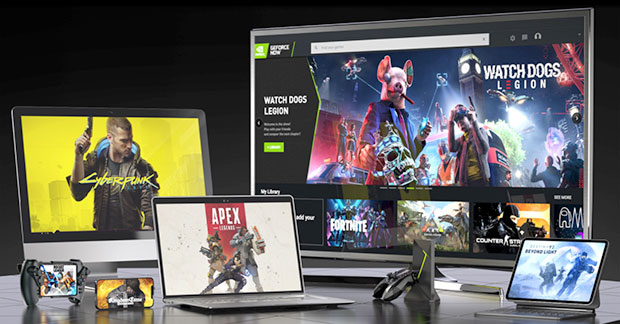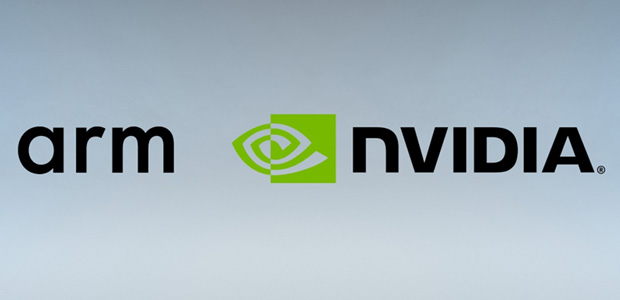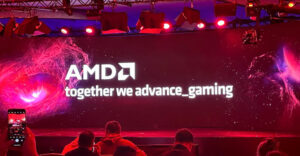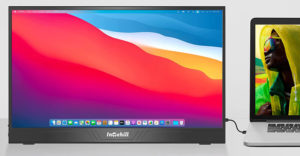Nvidia is in the process of working through regulatory approvals to buy Arm from SoftBank — a technology holding company with mixed success husbanding its acquisitions.
Arm needed to be bonded to a company that could advance it, not treat it as an investment, to assure Arm’s future success. Nvidia needed a CPU to better compete with AMD, Qualcomm, and Intel, all of which have GPUs and CPUs, and Arm was the only ready-to-go option for sale.
This week, let’s explore this acquisition, the most significant regulatory hurdles the effort needs to overcome, and what I think will result once the two firms are one.
We’ll close with my product of the week: Nvidia’s GeForce Now, which is now moving from a launch strategy into a sustaining product.
Let’s get to it.
Merger Problems
As mergers go, this one is relatively simple. There is virtually no overlap between the two companies. Nvidia builds GPU-related products that they sell to third parties who build systems with them.
For example, they also build some systems, like DGX Workstations, but primarily to provide necessary tools to developers who often need unique workstations to complete critical programming tasks.
The plan is to essentially keep Arm’s open licensing model as-is, licensing to everyone. Still, Nvidia is now taking an ownership interest to drive that development in a direction that benefits both entities. We’ll get to what I think will be the result in a moment, but first, let’s talk about who might have a problem with this merger.
Only China is likely to have a significant issue with this merger. Chinese companies have a significant interest in Arm technology. It weaves through much of what the country is doing in everything from smartphones to automobiles.
China would undoubtedly prefer that a Chinese company make the acquisition. But this would be problematic for the rest of the world on many different levels. It’s important to note, though, that China will likely be appeased by the fact that Arm China, a subsidiary of Arm, guarantees them access to the technology. U.S. export controls won’t extend to Arm because most of their IP was created in the UK (Arm is a UK technology powerhouse).
Finally, architectural licensees in China don’t need to worry because an ISA and an architectural license’s benefits, unlike chips, can’t be cut-off.
On the U.S. regulatory front, Qualcomm, with a growing presence in automotive, wants to be assured it isn’t barred from Arm technology. Similarly, Apple, which often has issues with any supplier that is too powerful, will also want to be assured it won’t be disadvantaged by the merger. But neither Qualcomm nor Apple should feel threatened, as U.S. regulators and their counterparts in China and Europe are focused on preserving competition.
Further, as I’ve illustrated vis-a-vis Intel and the lack of overlap between Arm and Nvidia, the deal is exceptionally pro-competitive. The issue isn’t whether Arm remains “independent” — the question is whether this deal will promote competition, and clearly it will.
We’ve always known that Arm technology has potential, but Arm has only been able to scratch the surface. By itself, Arm doesn’t have the scale or scope to break into new markets. But with this transaction, overnight, the Arm ecosystem will have access to new complementary technologies that will change the landscape for the Arm ecosystem.
The new administration is concerned about technology companies gaining too much market strength, but given Arm and Nvidia are so different, I doubt these concerns will be challenging to address in this instance.
Today, Arm is spread too thin to take on x86 in the PC and data center spaces. Arm alone does not have the resources to create an ecosystem across mobile, PC, data center, automotive, and embedded markets. The task is too great, and Arm cannot do it alone. As a result, I see no serious problem preventing this deal; other successful mergers like Dell and EMC, and Sprint and T-Mobile were far more difficult and complex, yet they succeed.
The Result
Once the merger is approved, Nvidia will better merge the Arm technology with Nvidia’s GPU efforts. The combined entity will be free to explore the limits of what that might mean for Nvidia’s automotive, AI, personal computer, robotics, and IoT efforts. Given this same SoC (system on a chip) blending is occurring across the ecosystem, this will accelerate the trends already being driven by AMD, Intel, and Qualcomm.
Nvidia’s comments on the merger suggest they’ll also begin looking at licensing their GPU technology through Arm’s channels. Along with licensing, there is an opportunity for even greater innovation as the licensees are free to explore the limits constrained by this technology’s license and not the physical hardware they might typically buy from Nvidia.
Licensing will enable all of Arm’s licensees in multiple markets to innovate and create new technologies. That’s where this deal is so powerful for the Arm ecosystem — it will allow all of Arm’s licensees to leverage the technology that Nvidia and Arm can provide together.
Platforms for the Future
Once the technology is combined, expect Nvidia to create the next generation of AI brains blending GPU and Arm CPU technology in various ways to address Nvidia’s growth strategies. The more exciting parts of those efforts are associated with autonomous vehicles, robots, and drones. I anticipate Nvidia will develop a generic autonomous brain where these core technology elements can be multiplied, enhanced, advanced, and focused on those various markets and price levels within them.
For instance, imagine a family of SoC targeting a range of robots spanning recreational to surgical grade. These products would fully comply with each of the targeted markets’ regulations. Due to economies of scale, they should provide a lower cost and competent alternative to the more ad-hoc solutions that typically exist in the market today.
I expect significant potential for some emerging markets that are currently cost-constrained to benefit, like robotic pets and robotic helpers for disabled customers. In short, once done, this should move forward the introduction of affordable personal robotics significantly while enabling Intelligence to be far more common in more and more product areas like healthcare, security, and appliances.
Wrapping Up
The Nvidia-Arm merger should be relatively easy to complete compared to many of the complex mergers we’ve seen completed over the last decade. Yes, China will have issues that will need to be addressed, but growing a worldwide Arm ecosystem will benefit China. The current U.S. administration’s concerns about technology firms becoming too powerful will undoubtedly require some minor concessions, but it should be approved.
The eventual result should be a set of lower-cost higher-capability AI offerings that could cut across every smart category, from cars to cities, and including personal robotics. Even flying cars and jet packs will likely eventually benefit from more affordable and ever more competent packaged AIs.
Nvidia’s acquisition of Arm may very well be the beginning of the big pivot to our autonomous robotic future.

GeForce Now
Cloud computing is the future of work, and one of the indicators of how well cloud computing can work is Nvidia’s GeForce Now service.
Last week Nvidia announced they were moving from introductory to sustaining pricing for new subscribers to the service at $9.99 but grandfathering the early adopter’s monthly fee indefinitely at $4.99. This continued entry price is an excellent nod to the early adopters of this technology who experienced the service’s teething problems as it ramped to complete production, and I wish this practice were far more common.

This service has been beneficial for those wanting to play the Cyberpunk 2077 property, which has run so poorly on game consoles, better assuring on the backend that this impressive game plays as advertised.
The advantage of a cloud gaming service is that the hardware, patching, and experience are all largely managed, in this case, by Nvidia, assuring you can sit down and play the game. You do need a high bandwidth, low latency connection. But with that, you can even play on a Chromebook if you’d like.
Now, if you can game from the cloud, where latency and graphics performance are critical, you can also work from the cloud; which makes this service an indicator of the cloud PC world we’ll all likely be living in by 2030.
Because they took care of their founding players as they should, and because cloud gaming holds the future of personal computing, the Nvidia GeForce Now service is my product of the week.
























































The problem of growth is one of the biggest problems of companies and it must be constantly addressed.